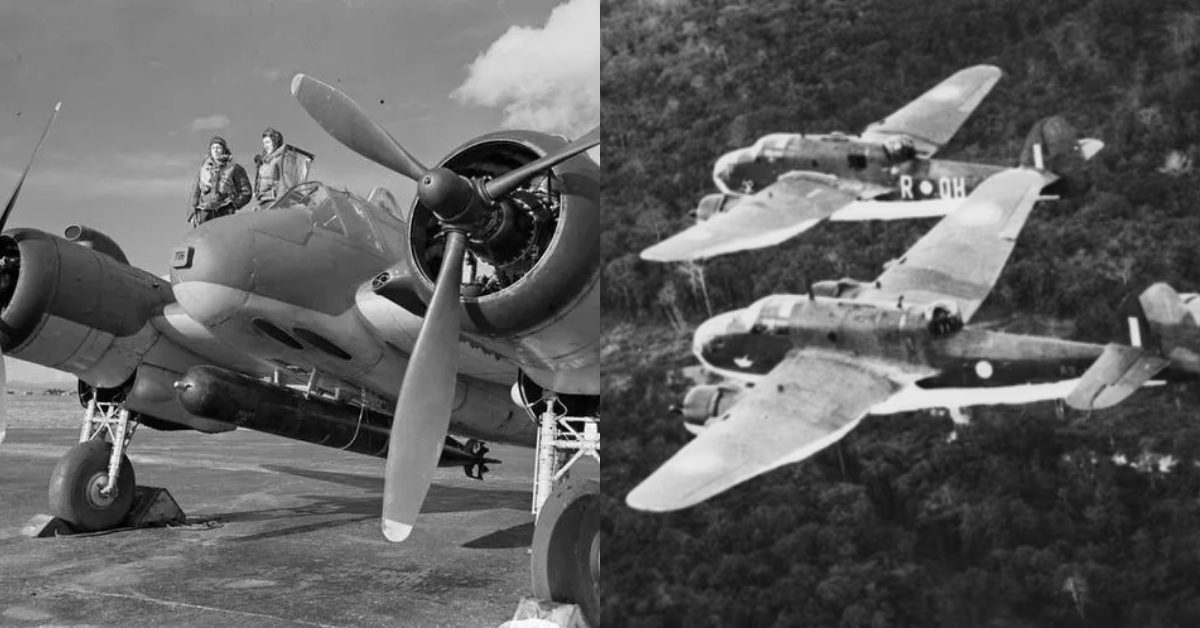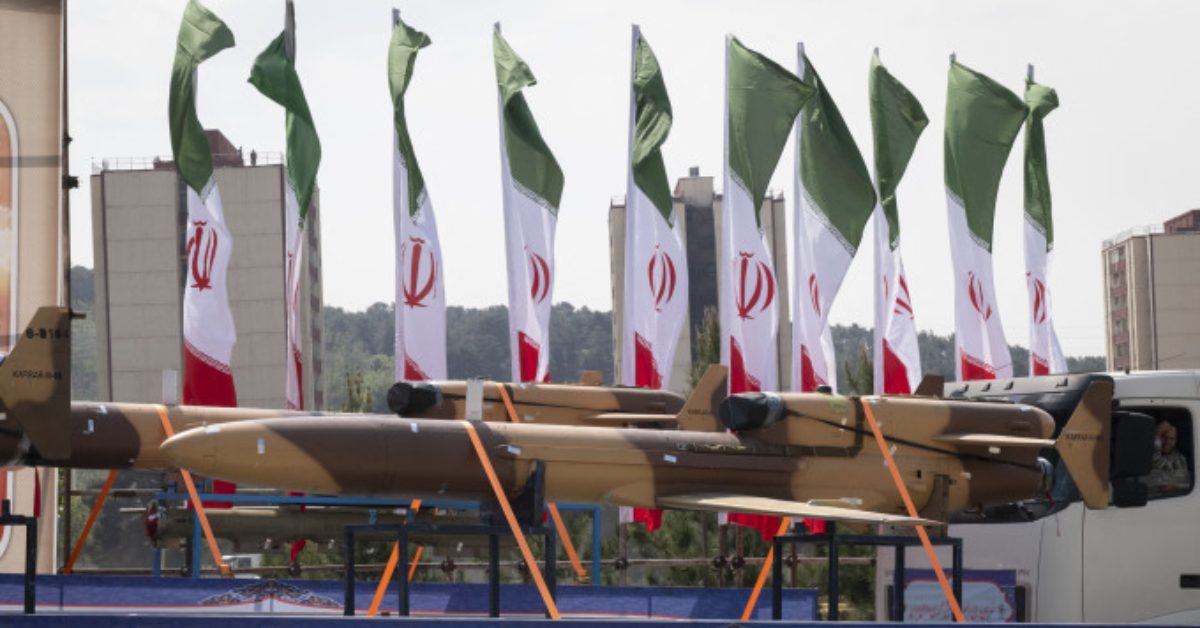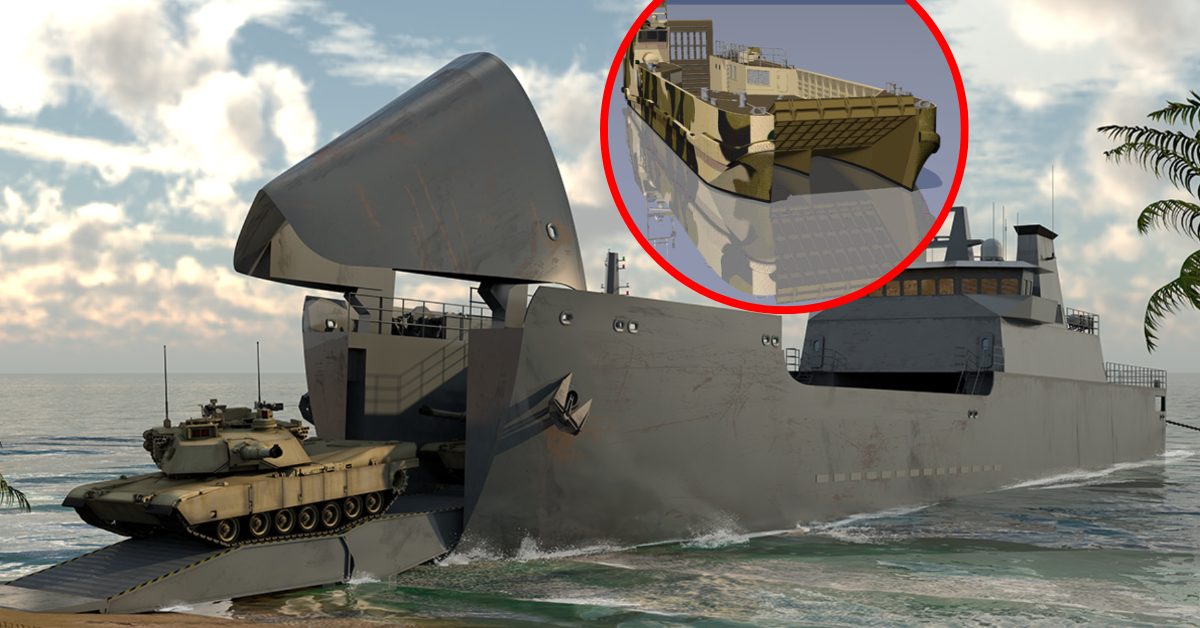An aircraft that had seemingly shed its reputation for deadly accidents has become controversial once again following a crash late last month that marked its fourth fatal incident in less than two years.
The V-22 Osprey, which is in service with the Marine Corps, Air Force, and Navy, is one of the most capable vertical takeoff and landing aircraft in the world. But that capability comes with a cost: the aircraft has a mishap rate more than three times that of its less-capable counterpart, the Army’s UH-60 Blackhawk.
Following the most recent accident—which took place on November 29 off the coast of Kagoshima in Southern Japan, and killed all eight crew members—the Air Force and Navy have grounded their V-22 fleets, according to a December 6 statement from Air Force Special Operations Command (AFSOC). On December 7, Naval Air Systems Command put out its own statement that it would ground all variants of the V-22 Osprey “out of an abundance of caution.” This includes a variant that the Marines operate.
 Japanese fishermen hand over pieces of debris believed to be from the crashed Air Force CM-22V Osprey aircraft on November 30, 2023.Getty ImagesAdvertisement – Continue Reading Below
Japanese fishermen hand over pieces of debris believed to be from the crashed Air Force CM-22V Osprey aircraft on November 30, 2023.Getty ImagesAdvertisement – Continue Reading Below
A local eyewitness to the November 29 crash told Japan’s NHK that the aircraft was flying upside down when a fire broke out on the left wing. An explosion followed, upon which the Osprey went straight down, without gliding. NHK later reported the aircraft was flying from U.S. Marine Corps’ Air Station Iwakuni to Kadena Air Base on the island of Okinawa. The aircraft changed its destination to Yakushima Airport on the island of Yakushima, but crashed en route.
The eight crew members who died were U.S. Air Force airmen assigned to the 353rd Special Operations Wing, based at Yokota Air Base. The remains of all eight have been recovered.
The Air Force described the flight as a “routine training mission.” According to AFSOC, a preliminary investigation indicates a “potential materiel failure caused the mishap, but the underlying cause of the failure is unknown at this time.”
The Osprey’s Controversial Past The V-22 Osprey took nearly two decades to enter service.Getty Images
The V-22 Osprey took nearly two decades to enter service.Getty Images
The V-22 Osprey was unveiled in 1989 as the world’s first operational tiltrotor aircraft. It spent an unusual 18 years in development, finally entering service in 2007 with the U.S. Marine Corps. The MV-22 replaced the Vietnam-era CH-46 Sea Knight as the medium lift aircraft for the Marines, with the service currently fielding about 298 of a planned 360-strong fleet. The Air Force operates 52 CV-22B Ospreys as a long-range special operations transport, while the U.S. Navy plans to purchase 48 CMV-22Bs as a carrier onboard delivery aircraft, shuttling supplies between land and underway aircraft carriers.
The Osprey’s development period was noted for several high-profile crashes, with three taking place between 1992 and 2000, and a total of 30 personnel killed. This resulted in the aircraft’s nickname “The Widowmaker,” and the aircraft came under heavy criticism on both safety and cost grounds.
The tiltrotor had a fairly good safety rate at introduction through the 2010s, with just seven major incidents, but lately there’s been a burst of fatal accidents. Four Marines were killed in Norway in March 2022 in a crash attributed to pilot error. Five Marines were killed in June 2022 in Southern California, attributed to a malfunctioning aircraft clutch. Three were killed in a crash in Australia in August 2023 in an accident still under investigation.
Advertisement – Continue Reading Below A UH-60 Black Hawk helicopter of the U.S. Army’s 101st Airborne Division takes off during a demonstration drill at Mihail Kogalniceanu Airbase near Constanta, Romania on July 30, 2022. The Black Hawk has fewer expensive accidents, but it’s also a cheaper aircraft overall.Getty Images
A UH-60 Black Hawk helicopter of the U.S. Army’s 101st Airborne Division takes off during a demonstration drill at Mihail Kogalniceanu Airbase near Constanta, Romania on July 30, 2022. The Black Hawk has fewer expensive accidents, but it’s also a cheaper aircraft overall.Getty Images
The Osprey had a “Class A” accident rate of 3.61 per 100,000 flight hours, according to the Marine Corps in July 2022. That was before the last two accidents in Australia and Japan. The Pentagon describes Class A accidents as a “direct mishap cost totaling $2,500,000 or more, an accident involving a fatality or permanent total disability, or destruction of a Department of Defense aircraft.”
By comparison, the UH-60 Black Hawk medium assault helicopter’s Class A rate in U.S. Army service was .87 in 2021. The comparison is somewhat an apples-to-oranges situation, however, as the Osprey costs $84 million per aircraft, while the Black Hawk costs $19 million. Generally speaking, the more expensive aircraft will typically incur a greater damage cost, and an accident that is a Class A for the Osprey could be a Class B (less than $2.5 million, involving a permanent disability, or three injuries) or even Class C (less than $600,000 in damage) for the Black Hawk. Still, a Class A accident rate nearly four times greater than the UH-60 is no doubt high.
This content is imported from youTube. You may be able to find the same content in another format, or you may be able to find more information, at their web site.Watch on Tiltrotor Advantages
Tiltrotor Advantages
The helicopter was the dominant vertical takeoff and landing aircraft type from World War II until the U.S. Marine Corps agreed to purchase the MV-22 Osprey tiltrotor in 1989. The tiltrotor design, which includes two turboshaft engines driving two large propellers, allows the aircraft to take off vertically, like a helicopter, and then rotate the propellers 90 degrees to fly like a conventional aircraft. The Osprey was the first operational aircraft that could fly in both modes in the same flight.
The tiltrotor capability gave the Osprey the best of both worlds. The aircraft could take off and land from amphibious assault ships or improvised landing pads on land, cruise in conventional mode at 260 knots (versus 152 knots for the UH-60M Black Hawk), and self-deploy up to 2,100 nautical miles (1,071 miles for the Black Hawk). The Osprey can fly faster and farther than conventional helicopters, making for more flexibility in missions and a greater chance of catching an enemy by surprise.
The Takeaway
November’s fatal accident involving an Osprey is just the latest in a string of four crashes in less than two years. While one accident was declared pilot error, at least one other had a mechanical cause. The Osprey may deliver greater capability to America’s fighting forces, but it also may be a little more dangerous.





